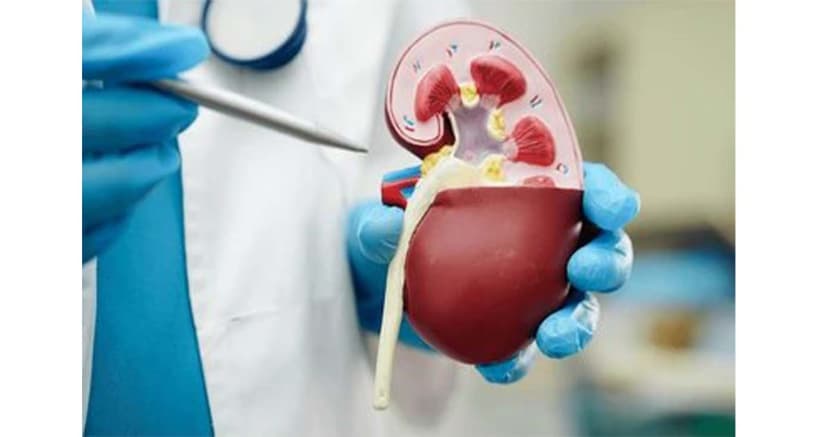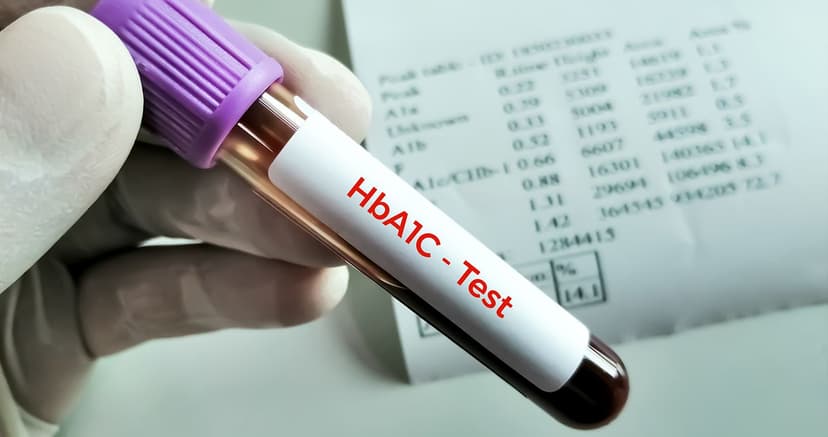Mini-Stroke (TIA): Why They’re a Warning Sign You Shouldn't Ignore
By:

Apex Hospitals
18-10-2024

A TIA occurs when there is a temporary lack of blood flow to a part of the brain, leading to malfunction and potential damage to brain cells (ischemia). Often referred to as a "mini-stroke," its symptoms closely resemble those of an ischemic stroke but resolve within 24 hours, often within minutes. Unlike a full stroke, a TIA doesn't cause permanent damage, but it should never be ignored.
A TIA can be a critical warning sign. Approximately 1 in 3 people who experience a TIA will suffer a stroke later, with nearly half occurring within a year. As such, it serves as both a wake-up call and an opportunity to take preventive action against future strokes. Recognizing the signs and seeking immediate medical attention can be life-saving.
Symptoms often appear in subtle forms and are easily dismissed. For instance, your leg might give way as you stroll down the sidewalk, and you chalk it up to your “trick knee.” Or perhaps you’re suddenly struck by a dizzy spell, which you attribute to skipping lunch and low blood sugar. While these explanations might seem plausible, they could also be signs of a transient ischemic attack (TIA)—a medical emergency that mimics a stroke.
What is a transient ischemic attack (TIA)?
A transient ischemic attack (TIA), often called a "mini-stroke," is a temporary disruption of blood flow to a specific brain area caused by a problem in the brain's blood vessels. To fully understand a TIA, one needs to break down its name. "Transient" highlights the short-lived nature of these episodes, typically lasting less than an hour, with most resolving within minutes. "Ischemic" indicates that the symptoms arise from a blockage in blood flow, and "attack" refers to the sudden and isolated occurrence of the event.
Although a TIA shares the same chain of events as a stroke, the key difference lies in the absence of permanent damage to the brain. Experiencing a TIA is akin to dodging a bullet—it serves as a critical warning of an underlying issue that could lead to a full-blown stroke if left unaddressed. Recognizing a TIA and seeking immediate medical attention can be lifesaving, as the underlying causes remain and significantly increase the risk of a future stroke.
What are the warning signs of TIA?
The warning signs of a Transient Ischemic Attack (TIA) are similar to those of a stroke but are temporary and often resolve within minutes to hours. Recognizing these symptoms and seeking immediate medical attention is crucial, as a TIA serves as a warning sign for a potential stroke. Common warning signs include:
1. test1
- test2
- test 3
2. test 5
1. Sudden weakness or numbness
- Typically, on one side of the body, affecting the face, arm, or leg.
2. Difficulty speaking or understanding speech
- Slurred speech or trouble forming coherent sentences.
3. Loss of balance or coordination
- Sudden dizziness or trouble walking.
4. Sudden vision problems
- Temporary blindness in one or both eyes or double vision.
5. Severe headache
- A sudden, unexplained headache, which other neurological symptoms may accompany.
6. Confusion or trouble understanding
- Difficulty processing or responding to information.
These temporary symptoms often resolve quickly, but they should never be ignored. A TIA is a medical emergency that requires immediate evaluation to reduce the risk of a future stroke.
Doctors may recommend various tests to diagnose the cause of a transient ischemic attack (TIA). These include advanced imaging techniques like magnetic resonance imaging (MRI) or computerized tomography (CT) scans to identify abnormalities in the brain. Additionally, tests such as magnetic resonance angiography (MRA) or CT angiography (CTA) are used to evaluate the blood vessels for potential blockages or narrowing. Heart rhythm monitoring might also detect any irregularities leading to blood clots.
Treatment for TIA depends on the identified cause. If a blood clot is the culprit, medications like antiplatelet agents or anticoagulants may be prescribed to prevent future clots. In cases where fatty deposits (plaques) block the arteries that supply blood to the brain, a surgical procedure called carotid endarterectomy may be required to remove these plaques and restore proper blood flow. Early diagnosis and treatment are crucial to reducing the risk of a future stroke.
When to see a doctor?
Seek immediate medical attention if you suspect you’re experiencing a transient ischemic attack (TIA) or have had one in the past. TIAs often serve as warning signs, occurring hours or days before a potential stroke. Prompt evaluation by healthcare professionals is critical to identify and address underlying conditions that may be treatable. Early intervention can significantly reduce the risk of a future stroke, making timely medical care essential.
A transient ischemic attack (TIA), or mini-stroke, is your body’s critical warning sign that a full-blown stroke could be imminent. Don’t ignore it—act fast. If you experience sudden symptoms such as weakness, confusion, dizziness, or difficulty speaking, seek medical attention immediately.
Timely evaluation through imaging tests like a CT or MRI scan can pinpoint the cause and help prevent a future stroke. Your health is in your hands, but quick action can save your life. Recognize the signs. Take action. Prevent a stroke.
FAQS
Related Articles
Connect With Us
Health In A Snap, Just One App.
KNOW MORE



































































































